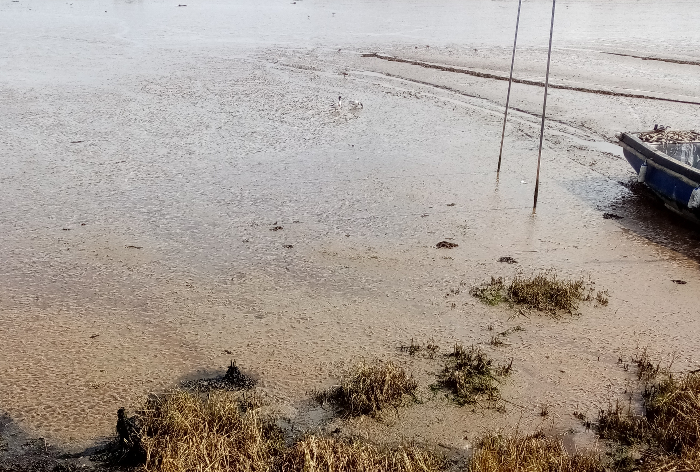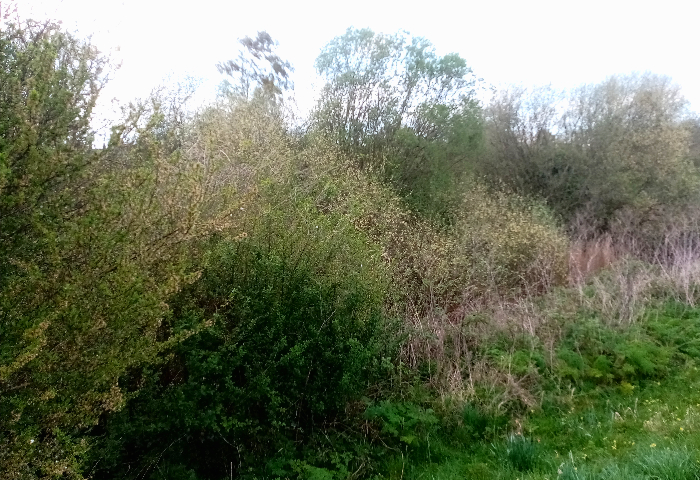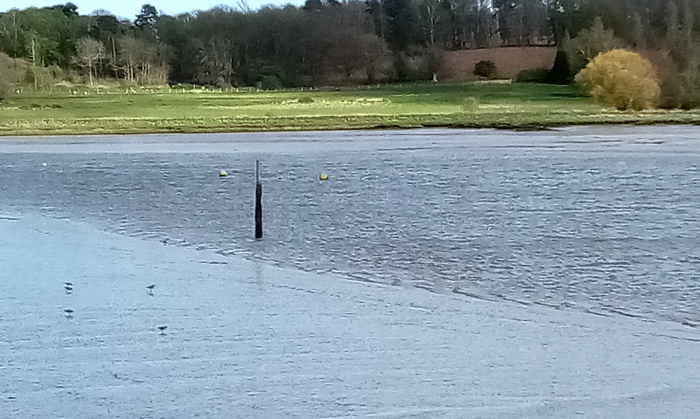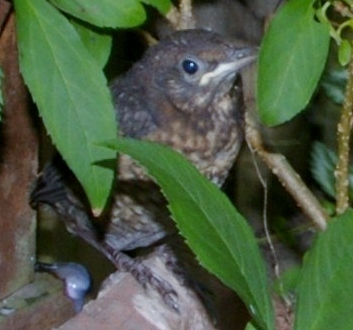
6th April, Mrs Turnstone and I were in Woodbridge, Suffolk, for a change of air and scene. A walk across a little level crossing brought us out of town to a bench with an untidy patch of willow scrub behind us and the estuary before us; that was where we were looking, with shelduck, gulls, crows and many different waders. I used to be more confident in identifying these when I could count on using my beach-side lunch breaks from work; however today there were knots, redshanks, oystercatchers, curlews and a whimbrel, as well as oystercatchers, an egret and a few crows.

I would have left the bench happy to have seen these, but there was something else behind us. Not the goldfinches that were highlighted by the pollen-laden pussy willow, but a real singer, a nightingale, happy to have arrived here safely.
Will he and his mate spend the summer in this – to many human eyes – scruffy eyesore? It would be good to think many people will hear him. Mrs T and I are glad to have heard him, newly arrived from the South, just as many of the birds on the mud were preparing to fly to their Northern summer homes.


